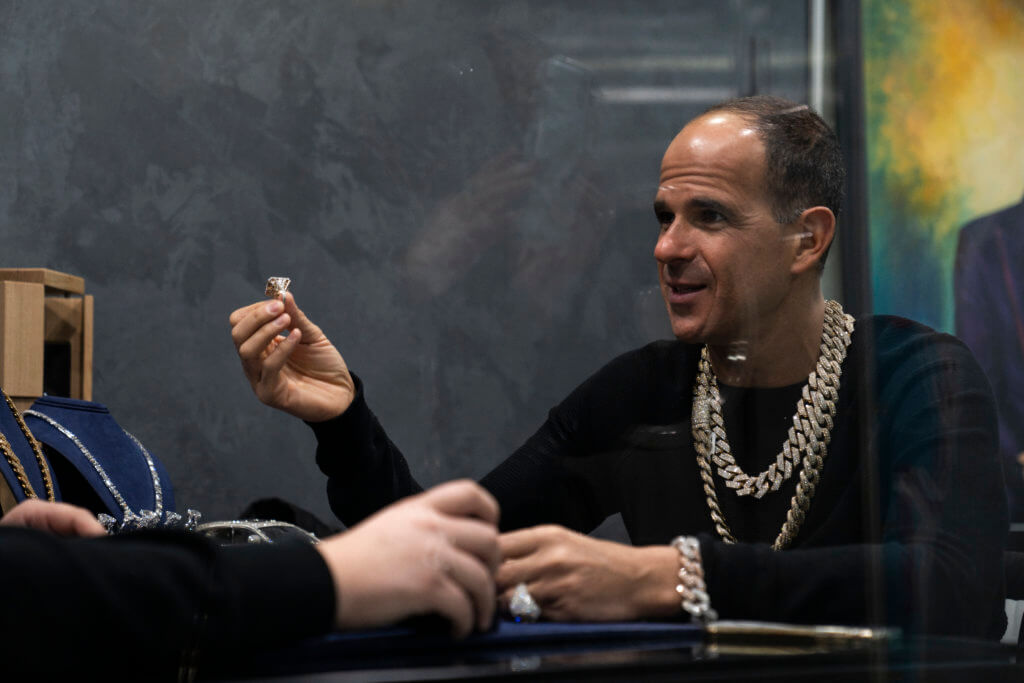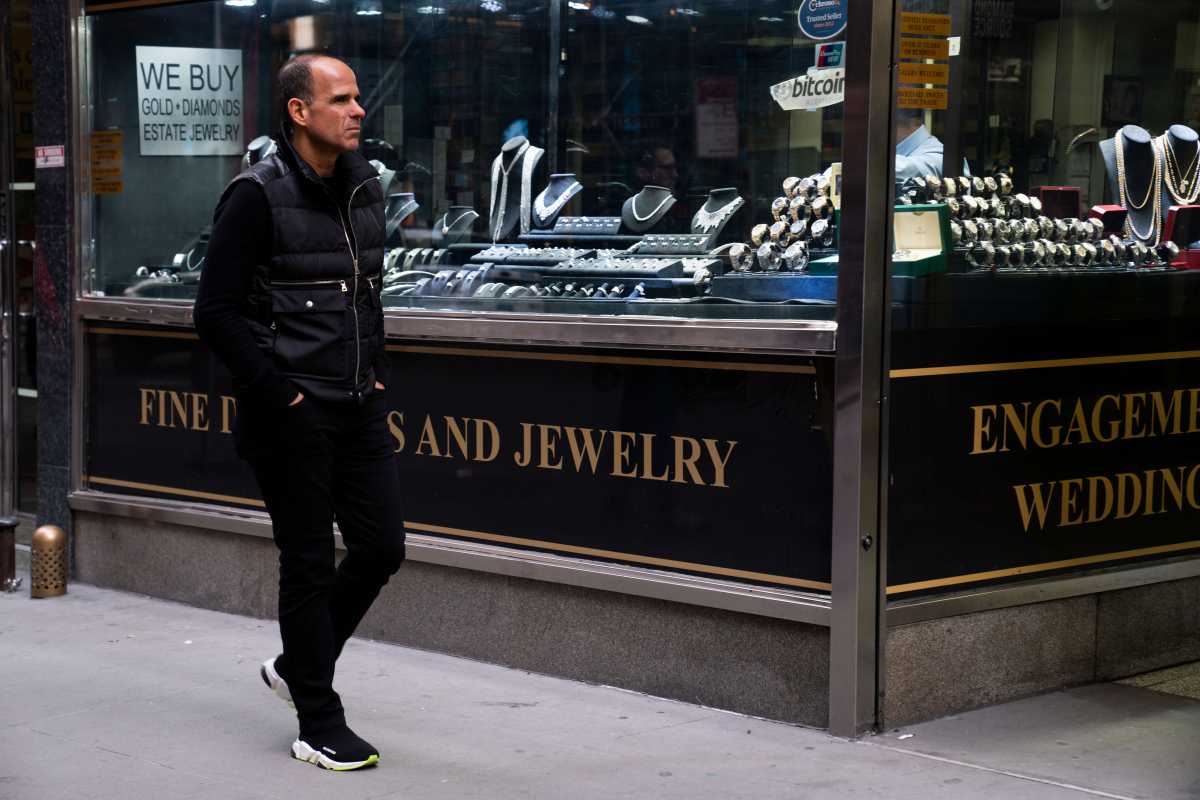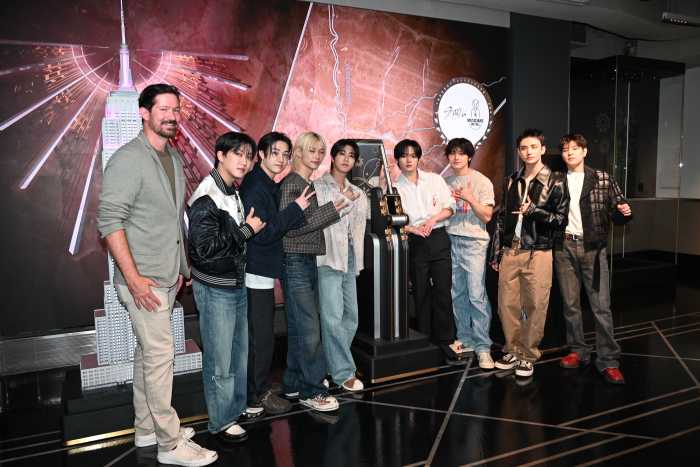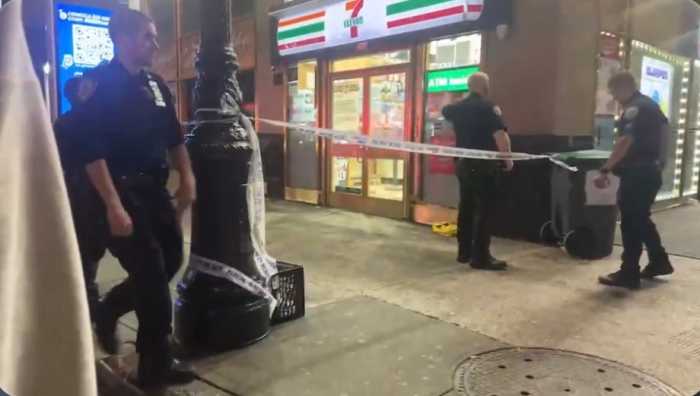From the Emmy-Award winning producers of “Anthony Bourdain: Parts Unknown” comes a new investigative series, “Streets of Dreams” hosted by entrepreneur Marcus Lemonis.
The concept of the show is to peel back the curtain on some of America’s most iconic—and profitable—streets. And where better to start than New York City’s Diamond District, located on 47th St., Manhattan, which rakes in a staggering $24 billion per year.
The series premiers Dec. 29 on CNBC, with Lemonis attempting to make sense of an industry that most consumers buy into based on “trust.”
Given that the average American shells out $6000 for this (hopefully) enduring symbol of love—a “my word is my bond” deal seems like hardly enough.
To make a clear comparison, say you’re buying a new car. You want to know the details: the safety, the engine, the transmission, fuel consumption, tires etc. You even get to take it for a test drive!
But then again, cars don’t have the emotional significance of an engagement ring or expensive diamond tennis bracelet or any other such bejeweled personal object. And while there are scores of automobile websites, magazines and fanatics out there that know the ins-and-outs. As far as I know, there are no such diamond fascination equivalents, and if there are, I doubt that the following is as particularly large.
Every day people would probably have a hard time discerning the difference between “square cut, or pear-shaped” as the classic Marilyn Monroe song goes. Personally, I’d have to even Google if a higher or lower carat is better—but perhaps I’m less informed than most.
In general, Lemonis’ first conclusion is that he ought to rename the street “Trust Avenue,” having heard the word countless times during his rovings. One business owner even blatantly admitted, “you’re never going to know, this business is built on trust, reputation and culture.’”
As Lemonis continues to dig, however, his disbelief at the lack of information and the fact that the most common question a consumer asks before making a purchase is “are they real?” To which, of course, in most cases, the answer is “yes, trust me,” he discovers that there is, in fact, a kind of diamond Blue Book equivalent.
It’s called the Rapaport Diamond Report and is a tabulation of the four “c’s” of diamond valuation: carat, color, clarity and cut that is updated every Thursday and gives an accurate price for each kind of diamond—although there will always be a 1.4% markup for brands like Tiffany, for the branding, and of course that pretty turquoise box. Problem is, few retail diamond dealers on 47th St. use this—I wonder why…?—and in an industry that thrives on consumer blindness, few customers would even know to ask.
As the show progresses, Lemonis explores the difference between the downstairs “retail” diamond salespeople and the upstate “trade” side of the business. The trade dealers deal with diamonds en mass, and the traders’ desks are littered with precious gems worth hundreds of thousands of dollars because building security to enter these premises is perhaps more robust than that of the Pentagon.
Lemonis also dives into the “new wave” of diamond dealers. The kind that sells rings and chains to rap stars and Influencers, in stores owned much like the diamond dealer played by Adam Sandler in the 2019 sleeper hit “Uncut Gems.”
These stores are savvy to pop-culture bling, not exactly an image that tallies with Marcus Lemonis. They represent a gargantuan shift from the 19th-century established De Beers family model—magnificently wealthy diamond traders and minors—who pioneered the diamond ring as a cisgender trope of eternal love. And now a new industry has grown: men buying jewelry for themselves.

As a parting image, a salesman who goes by the name of Richie Rich and who has been dubbed “Jeweler to the Stars,” adorns Lemonis with two heavy solid gold chains. Richie remarks, “See, now you look just like Ice T,” to which Lemonis quickly responds, “I just want to be lemonade.”
This overview of the premiere episode only scrapes the surface of this fascinating series that includes deep dives into the business worlds of Music Row, Nashville and its multi-billion-dollar country music industry; Calle Ocho, Miami or “Little Havana,” the booming capital of Cuban-American culture in Miami; Harbor Drive, San Diego and it’s emerging “blue economy”; and The Green Mile, Denver, home of the “Great Green Experiment” in legal marijuana.
Catch “Streets of Dreams with Marcus Lemonis” every Tuesday beginning Dec. 29 on CNBC at 10 p.m. ET/CT.





































